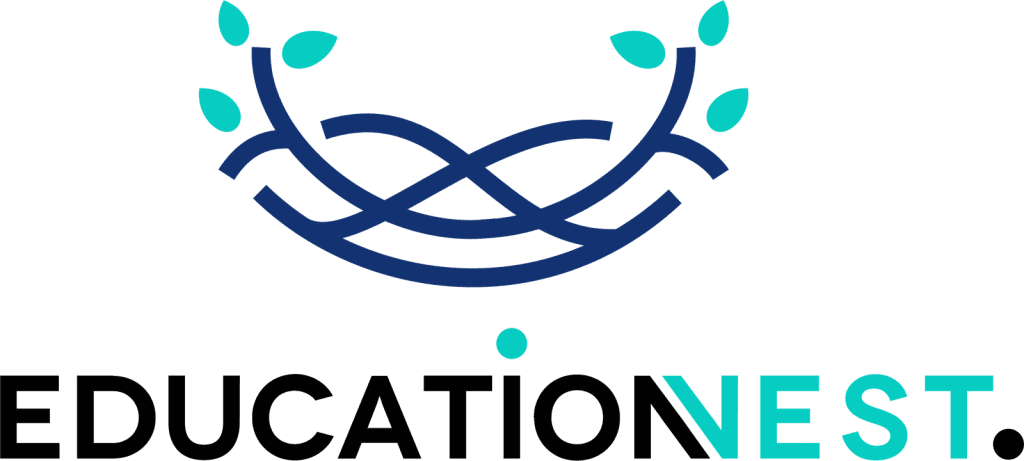Businesses deal with diverse projects on a daily basis. It’s not just about completing them but also ensuring effective results. Considering the competitive business market, companies are on the lookout for professionals who can efficiently handle projects and help them with meaningful insights related to them. Thus, project management is one of the top skills in demand. As per recent reports, by 2030, about 25 million project management professionals will be needed.
Are you looking to equip your workforce with the latest skills and competencies? Education Nest can help you with the best project management training in India. Their courses are designed and delivered by seasoned industry experts and ensure the best enterprise learning path for corporate excellence.
One of the key focus areas of project management is measuring results. Measuring project performance helps identify improvement areas, plan risk management strategies, make informed decisions, and meet long-term goals. OKRs and KPIs are the top frameworks that help track and gauge project success in a structured way.
So, what are OKRs and KPIs? What are the key differences between OKRs and KPIs? Read on to know more.
What are OKRs?
OKRs or Objectives and Key Results are used to set broad goals and track them using quantitative measures. This offers clarity on business priorities and expectations. As a result, teams can align themselves to the defined objectives and decide how to allocate time and resources to get the desired results optimally.
For instance, if you want to increase your business’s brand awareness:
Objective: Increasing brand awareness in 2 months
Key Results:
- Get at least 10k views on the products and service pages
- Increase average CTR (Click-through Rate) to 10%
- Promote LinkedIn posts and increase shares from 50 to 1000
Setting Effective OKRs
OKR is a flexible framework that helps with high-level, strategic, and action-oriented planning. It promotes accountability and transparency within the organization and ensures employee engagement for better performance. Another major benefit of OKRs is that they specify the objectives, which helps drive focus and commitment within the organization.
Here are some best practices to set effective OKRs:
Limited and Clear Objectives: When planning OKRs, it is advisable to set clear goals that align with the best interests of your organization. Also, try limiting their number and prioritize the ones that matter the most.
Measurable Key Results: Defining measurable metrics for tracking results effectively is also important. You can combine both quantitative and qualitative frameworks for a comprehensive analysis and better project management.
Collaboration: For better planning and resource allocation, you must ensure collaborative involvement and engagement of different teams. Conduct brainstorming sessions for innovative and creative ideas and plan out the best possible strategy.
Regular Review: It is not a one-time plan; instead, it needs constant reviews and updates. Regular check-ins can help you track progress and address obstacles. In case priorities shift, you can also make necessary adjustments in goals or key results.
What are KPIs?
KPIs or Key Performance Indicators help track and evaluate performance across specific goals using quantifiable metrics. These offer objective evidence against a set of benchmarks and clarify progress across different broad levels. It promotes action and provides data-driven insights for informed decision-making, thus improving project performance significantly.
There are different types of KPIs, like operational KPIs, functional KPIs, and leading or lagging KPIs, that help reflect critical areas. You can use qualitative metrics for numerical insights or qualitative indicators for subjective factors. For a comprehensive understanding, you can combine both.
For instance, if you want to measure financial performance, you can use liquidity, profitability, solvency, and turnover ratios. You may use the click-through rates, website views, call-to-action conversion rates, number of articles published, and other factors to determine marketing perspectives.

Read More
Risk Management in Projects: Identifying and Mitigating Risks
5 Proven Strategies to Build A Customer-Centric Business to Be A Market Favorite
Setting Effective KPIs
KPIs are key indicators to clarify progress and determine where you stand in different aspects. It adds more visibility to business performance and offers relevant measures to assess their efficacy. They provide a sense of direction that supports business objectives and encourages growth.
Here are the top best practices for establishing effective KPis:
SMART Goals: It is important to set SMART ( Specific, Measurable, Attainable, Relevant, and Time-bound) goals. These help with better project planning and offer clarity on what needs to be achieved and within what timeframe.
Deciding Primary Focus Areas: There are different operational aspects of an organization. It is essential to focus on your priorities. You can then decide on what are the desirable outcomes and relevant metrics to measure these results.
Creating Action Plans: Well-defined action plans ensure alignment and accountability. You should define clear-cut measures, both in terms of qualitative and quantitative metrics, as performance measures. Also, decide the time period, inputs, outputs, and processes to determine these KPIs.
Data Collection and Reporting: For the best outcomes, you must ensure real-time data integration for consistent monitoring. There are different tools that automate this process and offer a centralized platform for insights. It ensures accuracy and significantly reduces manual efforts.
Key Differences between OKRs and KPIs
While OKRs are more action-oriented and align your results to specific goals, KPIs are designed for monitoring progress and performance across different areas. KPIs can serve different functionalities, unlike OKRs.
Also, KPIs are more driven by metrics. They can be continuous or long-term as they are established indicators. However, OKRs are mostly defined for shorter terms. They are more flexible and can be changed as per requirements.
Final Thoughts
You can choose either KPIs or OKRs based on your project needs. They can also be used together, as they complement each other effectively. Combined, they can be powerful tools for maintaining business performance and driving growth and excellence.
Looking for effective project management courses and other training and development solutions? Check out the extensive course catalog of EducationNest designed exclusively for corporate setups. These are crafted for a personalized learning experience.
For more details, reach out to us today.
